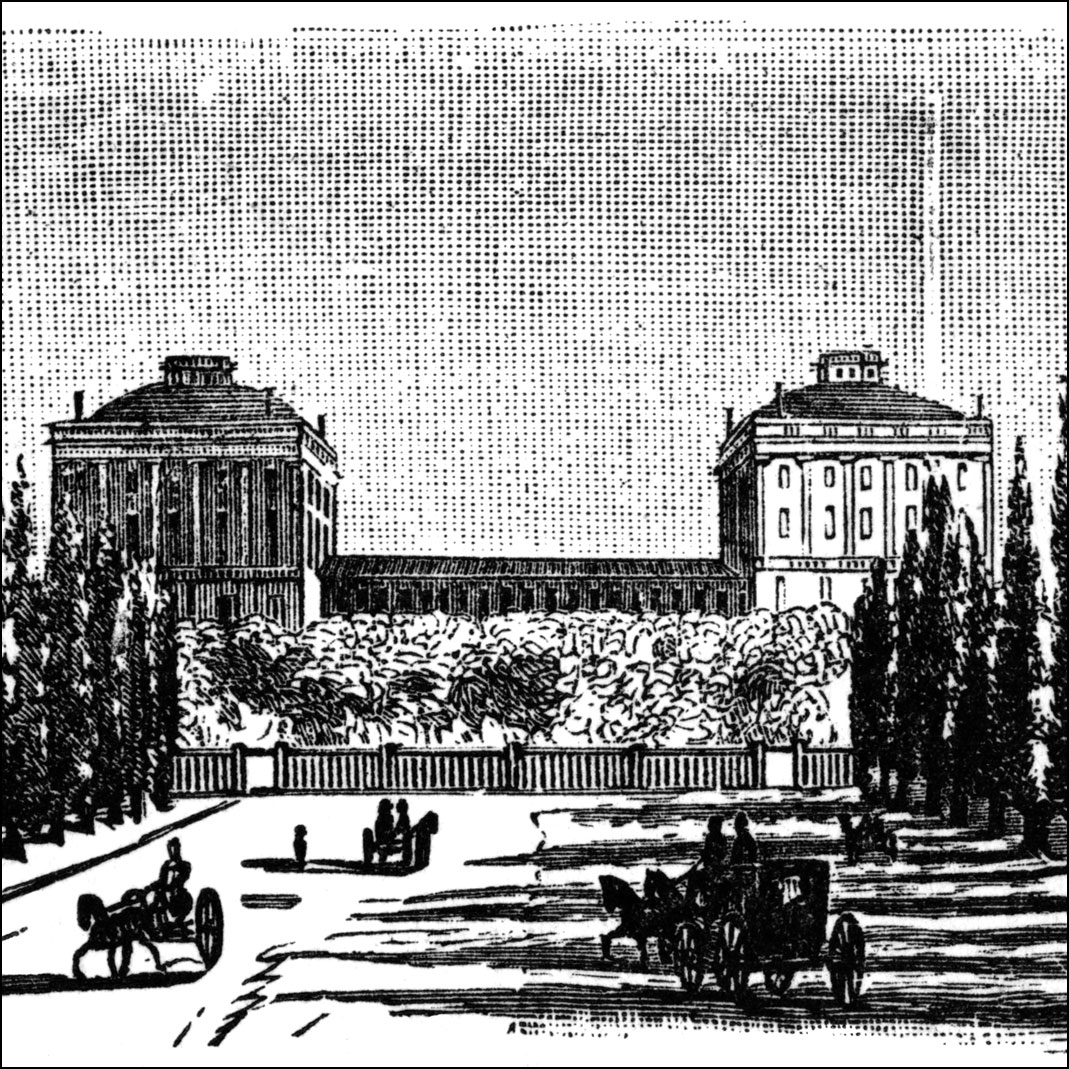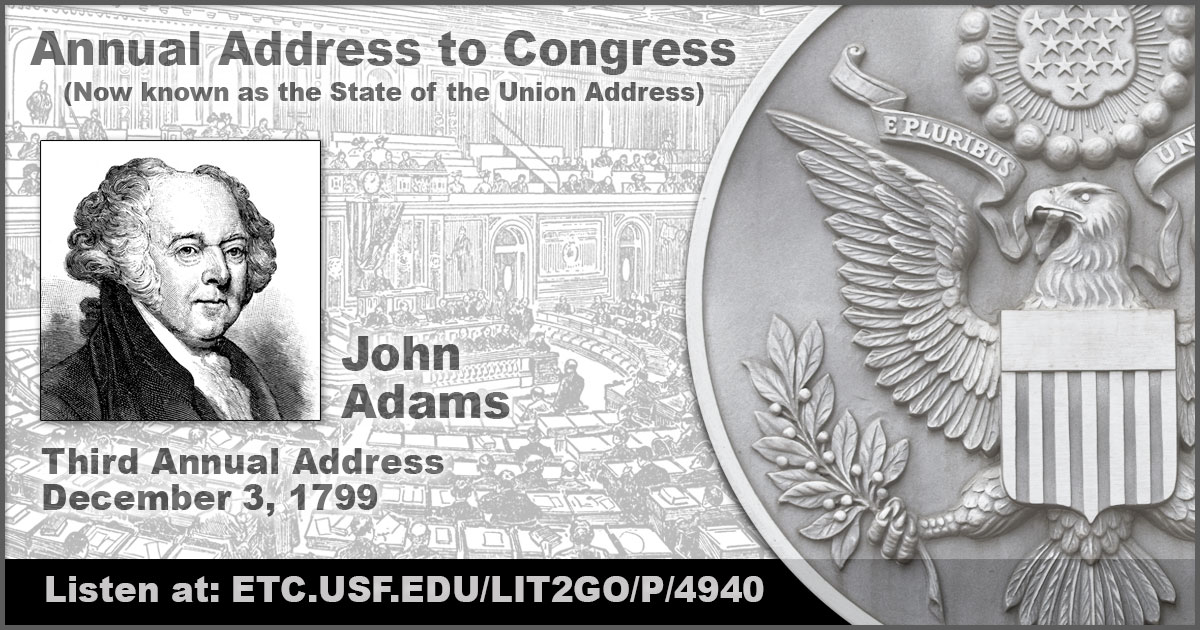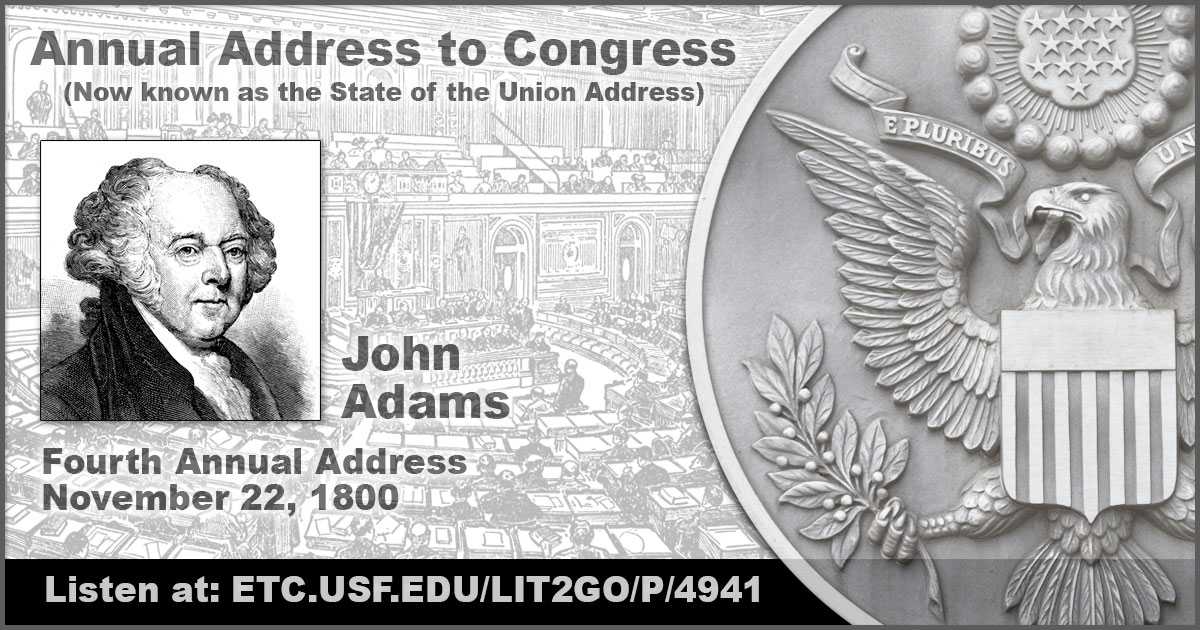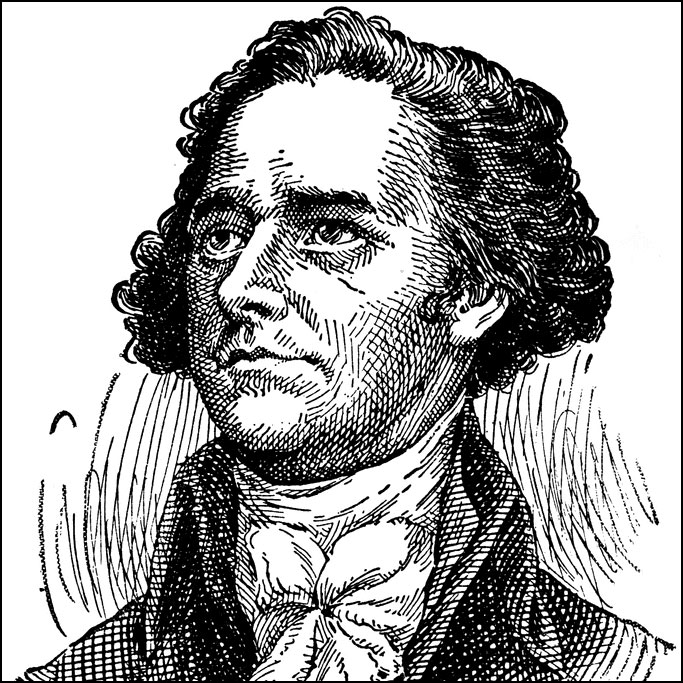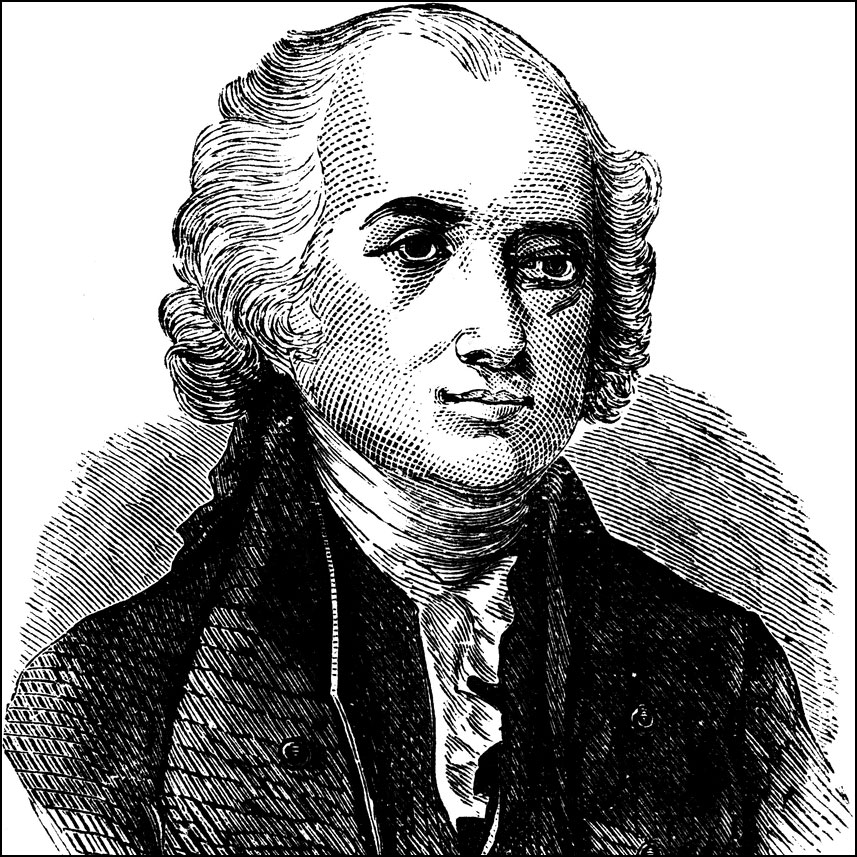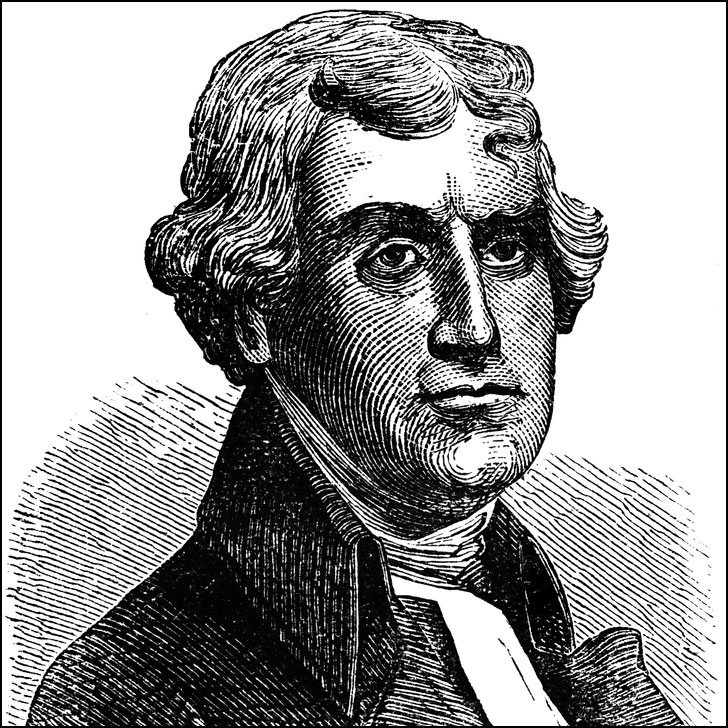July 16: The Residence Act
On this date in 1790, President George Washington signed the Residence Act establishing first a temporary capital for the United States and then a permanent capital. The temporary capital for ten years would be Philadelphia. Beginning in December 1800, the permanent capital would be located on the Potomac River. Our resource collection celebrates the permanent location of the nation’s capital in Washington, D.C.
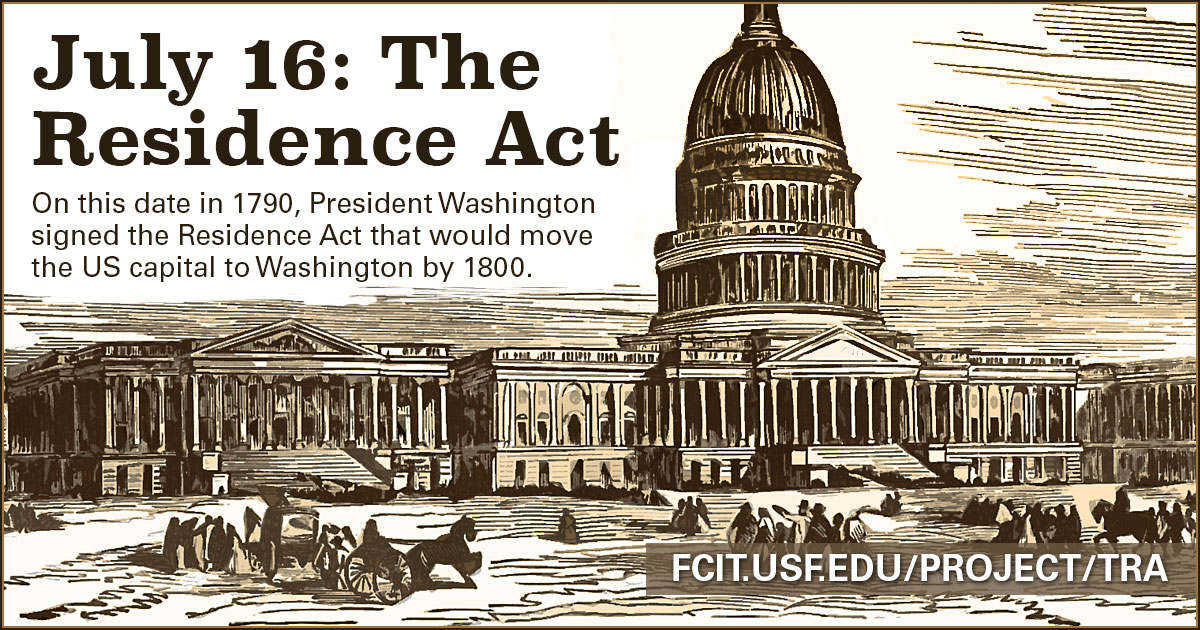
Washington D.C. Banner
Use this banner on social media to share our collection of Washington, D.C. resources.
First Capitol Building
The first sections of the Capitol building to be built were the north and south wings. Illustration from the ClipArt ETC website.
Washington, D.C. Photos
Over 1,200 photos of Washington, D.C. from the ClipArt ETC website.
Washington, D.C. Illustrations
Over 50 illustrations of Washington, D.C. from the ClipArt ETC website.
President Adams' Message to Congress, 1799
In his annual message to Congress on December 2, 1799, Adams states, “that the commissioners appointed to provide suitable buildings for the accommodation of Congress and of the President and of the public offices of the Government have made a report of the state of the buildings designed for those purposes in the city of Washington, from which they conclude that the removal of the seat of Government to that place at the time required will be practicable and the accommodation satisfactory.” Duration 9 minutes.
President Adams' Message to Congress 1800
In his annual message to Congress on November 22, 1800, Adams congratulates “the people of the United States on the assembling of Congress at the permanent seat of their Government, and I congratulate you, gentlemen, on the prospect of a residence not to be changed.” Duration 8 minutes, 37 seconds.
George Washington
The Residence Act gave George Washington authority to select the exact site along the Potomac River for the site of the new capital. Illustration from the ClipArt ETC website.
Alexander Hamilton
Hamilton was Secretary of the Treasury and wanted the Federal government to assume the Revolutionary War debt of the Northern states. Illustration from the ClipArt ETC website.
James Madison
Madison wanted the capital to be located in a southern state and did not want the Federal government to assume Revolutionary War debt. Illustration from the ClipArt ETC website.
Thomas Jefferson
Jefferson was able to bring Hamilton and Madison together and work out a compromise in which the northern states would accept a southern location for the capital if the southern states accept the assumption of Revolutionary War debt by the Federal government. Illustration from the ClipArt ETC website.


